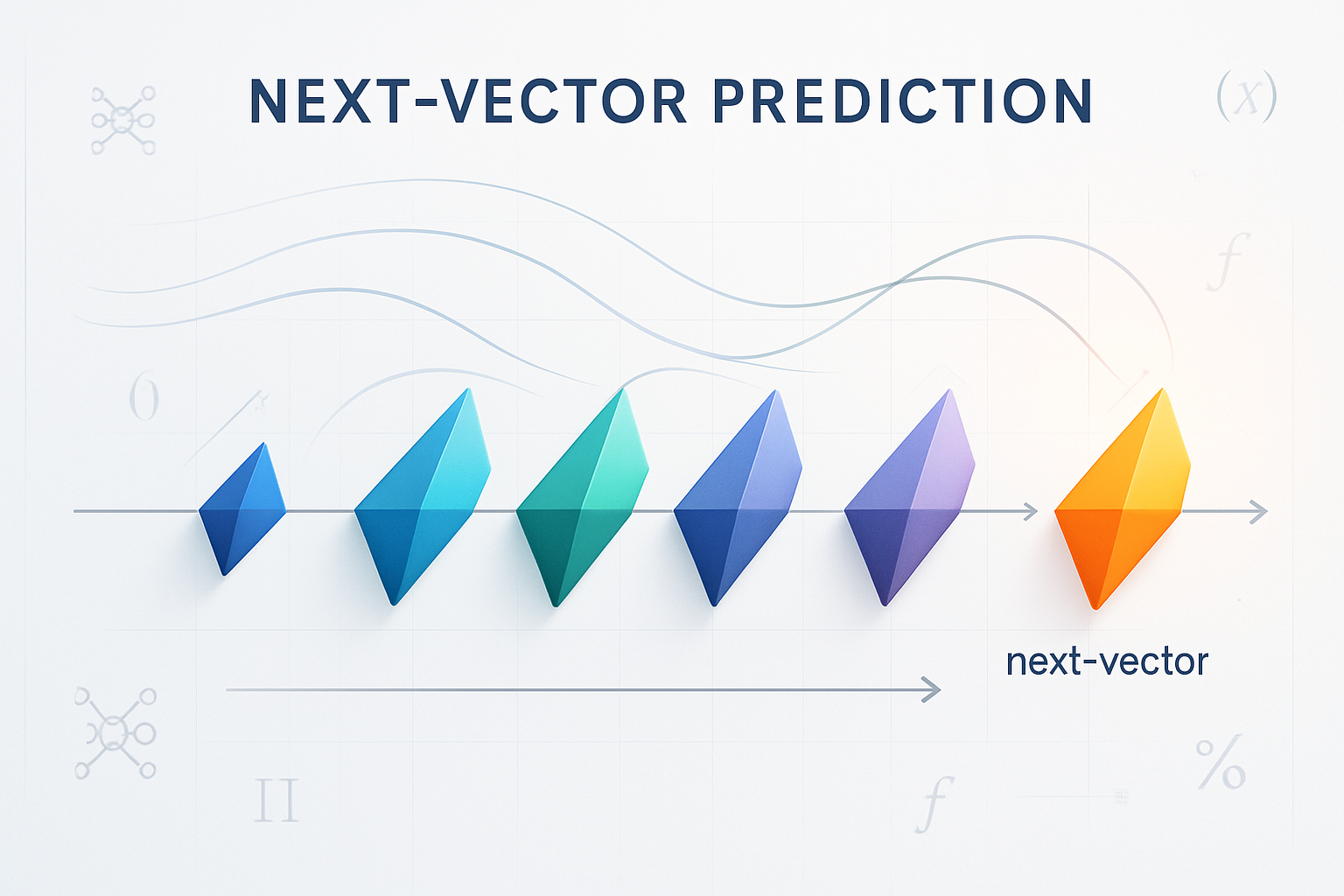In the whirlwind world of artificial intelligence, where breakthroughs seem to drop like confetti at a tech conference, Moonshot AI has just unleashed something monumental. Enter Kimi K2 – a colossal, open-source language model that’s not just big, but brilliantly engineered to tackle the thorniest challenges in AI today.
Launched in July 2025, this beast boasts a staggering 1 trillion parameters, yet it’s nimble, efficient, and ready to outsmart its rivals. But what exactly makes Kimi K2 so great? Why are developers buzzing, and how does it stack up against giants like GPT-4 or Claude 3? Buckle up; we’re diving deep into its innovations, benchmarks, access methods, and the ripple effects it’s already causing in the AI ecosystem.
This isn’t just another model release – it’s a bold statement from China’s AI scene, aiming to democratize advanced intelligence for everyone.

The Genesis of Kimi K2: Moonshot AI’s Ambitious Leap
Picture this: a startup born in 2023, fueled by Tsinghua University brains and backed by Alibaba’s deep pockets, charging into the AI arena like a dark horse in a derby dominated by Western titans. That’s Moonshot AI, founded by Yang Zhilin, a visionary who’s no stranger to pushing boundaries. Their previous model, Kimi K1.5, was a multimodal marvel, blending reinforcement learning with long-context prowess, setting the stage for something even grander. Now, with Kimi K2, they’ve cranked it up to eleven.
Kimi K2 isn’t your run-of-the-mill LLM. It’s a Mixture-of-Experts (MoE) architecture with 1 trillion total parameters, but here’s the clever twist: only 32 billion activate per token. This means it’s massively scalable without guzzling resources like a black hole. Why does this matter? In an era where AI models are ballooning in size – think OpenAI’s GPT series or Google’s Gemini – efficiency is king.
Moonshot’s open-source strategy flips the script on proprietary behemoths, inviting global tinkerers to tweak and improve it. As WinBuzzer notes, this launch underscores China’s push to rival U.S. dominance, especially amid tech tensions.
But significance? Oh, it’s huge. In a landscape where AI regulation is tightening and ethical concerns loom large, Kimi K2’s transparency could foster trust. It’s not just about raw power; it’s about “agentic intelligence” – AI that doesn’t just chat, but acts, solves, and adapts autonomously.
Compared to predecessors like Kimi K1.5, which focused on multimodal tasks, K2 hones in on tool use and reasoning, making it a Swiss Army knife for real-world problems. Early adopters are already whispering about its potential in everything from automated coding to personalized education, hinting at a shift where AI becomes less a tool and more a collaborator.
Expanding on this, Moonshot AI’s journey reflects broader trends in the AI arms race. Founded amid the post-ChatGPT boom, the company quickly raised eyebrows with Kimi K1, a model that handled diverse languages and contexts with finesse. K2 builds on that by incorporating lessons from global competitors, yet it carves its niche through open accessibility.
In a world where models like Anthropic’s Claude emphasize safety, Kimi K2 prioritizes scalability and community-driven evolution, potentially accelerating innovation in underserved regions.

Technical Wizardry: What Sets Kimi K2 Apart
Dive under the hood, and Kimi K2 reveals a symphony of innovations that make it sing. At its core is that MoE setup: 384 experts, with 8 dynamically selected per token, plus a shared one for cohesion. This isn’t random; it’s a calculated dance that specializes computation, boosting accuracy without the bloat. Then there’s the 128K context length – imagine feeding it an entire novel and getting coherent analysis back. No more chopping data into bite-sized pieces; K2 swallows it whole.
The real game-changer? The MuonClip optimizer, an evolution of Muon that tames “exploding attention logits” by rescaling weights post-update. Training at this scale is notoriously unstable – think herding cats on a rollercoaster – but MuonClip keeps it steady, allowing Moonshot to push boundaries others shy from.
Trained on 15.5 trillion tokens, the process involved synthetic data pipelines simulating real-world scenarios across domains, judged by an LLM for quality. Reinforcement learning via General RL adds a layer of interaction-based learning, surpassing static datasets.
Unique capabilities shine in reasoning, coding, and tool use. For reasoning, it’s a beast on multi-step problems; coding? It generates functional Python like a pro. Tool use is baked in, enabling autonomous workflows – say, analyzing data, plotting graphs, and drafting reports without hand-holding.
Compared to GPT-4’s broad but sometimes erratic outputs, K2’s agentic focus feels more purposeful. Claude 3 might edge in conversational flow, but K2’s efficiency and open nature give it an edge for developers. As detailed on Hugging Face, these breakthroughs stem from novel approaches like dynamic routing, setting it apart in a crowded field.
To elaborate, consider the training methodology’s ingenuity. By synthesizing data for hundreds of tools and domains, Moonshot created a self-improving loop where the model learns from simulated failures and successes. This isn’t just incremental; it’s a paradigm shift toward AI that evolves in real-time. Ethical angles emerge too – with open-source code, biases can be audited community-wide, unlike black-box models.
Potential drawbacks? High hardware demands for local runs, but cloud options mitigate that. In bursts of creativity, developers are already experimenting with fine-tuning for niche tasks, like legal document analysis or creative writing, expanding its utility beyond benchmarks.
Benchmark Breakdown: Numbers That Wow
Numbers don’t lie, and Kimi K2’s are eye-popping. On MMLU, it scores 87.8%, nipping at GPT-4’s heels for general knowledge. GSM8k? 92.1% in math reasoning, often surpassing Claude 3. Coding benchmarks are where it dominates: 80.3% on HumanEval and EvalPlus, outpacing Gemini. LiveCodeBench v6 yields 26.3% Pass@1, competitive across the board. Third-party tests, like Reddit’s MMLU-Pro CS at 76.10% on quantized versions, confirm robustness. SWE-bench Verified hits 65.8% for agentic coding, a standout.
Comparisons paint a vivid picture. Against GPT-4, K2 excels in technical domains but trails in nuanced chit-chat. Claude 3 might win on coherence, yet K2’s tool integration shines brighter. Gemini competes in multimodality, but K2’s open-source edge invites community tweaks. Real-world anecdotes? Users report it debugging code autonomously or visualizing data seamlessly, as per Apidog’s blog. In agentic tasks, it’s a wizard, handling retail or telecom simulations with Tau2 benchmark prowess.
Delving deeper, these scores aren’t isolated; they’re contextualized against evolving AI standards. For instance, while GPT-4’s closed ecosystem limits scrutiny, K2’s transparency allows for rapid iterations. Community benchmarks reveal strengths in multilingual tasks, where it handles non-English queries with surprising fluency. Anecdotes from early testers highlight its burstiness in creative outputs – one moment concise code, the next elaborate explanations. Drawbacks? Occasional hallucinations in edge cases, but far less than predecessors. Overall, these metrics position K2 as a frontrunner, especially for cost-conscious innovators.

Accessing and Unleashing Kimi K2: A User’s Guide
Ready to play? Kimi K2 is refreshingly accessible. Head to Hugging Face for downloads – Kimi-K2-Base for raw power, Instruct for tuned interactions. Moonshot’s platform at platform.moonshot.ai offers API access, OpenAI/Anthropic-compatible for easy swaps. GitHub’s repository hosts code and guides.
Inference? Use vLLM or SGLang on beefy GPUs like NVIDIA A100. A simple Python snippet: import the client, set messages, and call chat.completions.create with temperature tweaks. Fine-tuning the Base model? PyTorch or TensorFlow, with datasets for your niche. Requirements: CUDA-enabled hardware, latest libraries. Restrictions? 128K context max, modified MIT license for commercial use. Pricing? Check Moonshot’s site – it’s competitive, often pay-per-use.
Community tools abound: Hugging Face Spaces for demos, GitHub for scripts. Integrations with API testers like Apidog make it a dev’s dream. Step-by-step: Download, install deps, run inference – boom, you’re generating code or insights. For businesses, it’s a gateway to custom agents, as seen in early coding workflows.
To boost practicality, consider hardware hacks: quantized versions run on consumer GPUs, democratizing access. Tutorials on Apidog walk through API calls, emphasizing tool-calling for autonomous tasks. Restrictions include no direct video handling yet, but expansions are rumored. Pricing remains opaque without sign-up, but it’s positioned as affordable against Big Tech. Notable: community forks for specialized domains, like finance bots, showcase its adaptability.
The Ecosystem Buzz: Community, Integrations, and Beyond
Kimi K2 isn’t an island; it’s a thriving archipelago. Integrations with vLLM and TensorRT-LLM enable seamless deployment. Open-source on GitHub invites contributions – fine-tune, optimize, share. Community projects flourish: agentic systems for data workflows, coding assistants via Apidog. Documentation? Comprehensive on GitHub, with tutorials for everything from deployment to tool use.
Support? GitHub discussions, blogs, webinars. Early adopters? Devs building autonomous agents for education or debugging, as in STEM apps. Use cases span medicine to finance, leveraging its reasoning depth.
Expanding, the ecosystem fosters collaboration – think hackathons where K2 powers innovative bots. Ethical integrations include bias-check tools, ensuring responsible use. Community feedback loops accelerate improvements, like enhanced multilingual support. Notable: integrations with business platforms for enterprise scalability, hinting at Moonshot’s B2B ambitions.
Reception and Ripple Effects: Shaking Up AI
The launch hit like a meteor. Reviews praise its coding supremacy and agentic smarts, outshining GPT-4 in benchmarks Reuters. User feedback? Ecstatic on Hugging Face, lauding tool use and efficiency. Media, like Finimize, sees it reclaiming China’s AI ground.
Impact? Democratizes AI, empowering startups against tech giants. Business-wise, it’s a boon for automation, from customer service to R&D. Globally, it intensifies competition, pushing ethical open-source norms.
Roadmap? Rumors swirl of enhanced integrations, multimodal upgrades. Moonshot hints at refining agentic features, expanding ecosystems WinBuzzer.
In depth, reception reveals divides: Western media wary of China’s rise, while devs celebrate accessibility. Impact on business? Cost savings via open-source, fostering innovation in AI-driven economies. Future plans may include hardware optimizations or partnerships, per industry whispers. Ethical considerations: potential for misuse in surveillance, but open audits mitigate risks. Bursting with potential, K2 could redefine AI ethics debates.
How to Use Kimi K2
Using Kimi K2 is easy – simply head over to their website and give it a try: https://www.kimi.com/
Also, you can download it to use
Wrapping It Up: Why Kimi K2 Matters Now
Kimi K2 isn’t just great; it’s a catalyst. Its MoE magic, benchmark triumphs, and open arms invite a new era of collaborative AI. Access it today, tinker tomorrow, and watch impacts unfold. For devs, researchers, businesses – this is your ticket to the frontier. Dive in, but remember: with great power comes great responsibility. As AI evolves, Kimi K2 stands as a beacon of what’s possible when innovation meets openness.











Comments 1